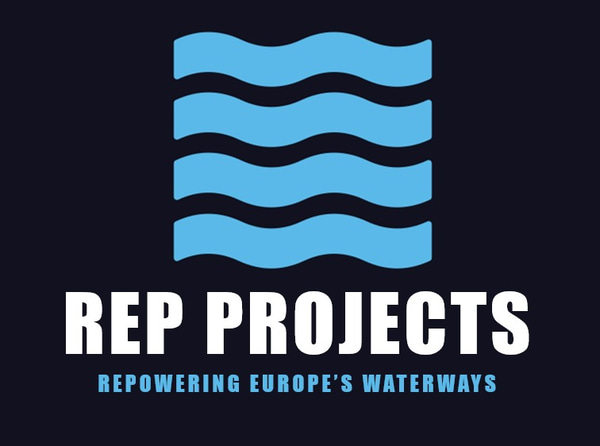Wind turbines are remarkable machines.
However, because they have to operate under extremely onerous conditions, their operational longevity is limited to the constraints of their environment, with a typical maximum operational timeframe of 20 years.
Wind Turbines present a significant challenge for operators when they reach their end of life; in addition to the logistical aspects of dismantling, the composite blades are hard to recycle.
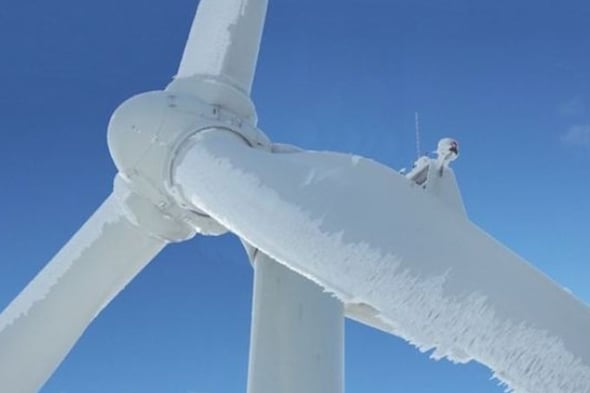

A Circular Solution
Our solutions aim to address this recycling challenge and give wind turbine components a new lease of life.
REP Projects intends to repurpose old wind turbine components to produce low-impact, predictable, and discreet Hydroliennes.
By identifying mechanical and electrical components, we are able to match these to our Vertical Axis 6 bladed hydrolienne, which replaces the original three-bladed wind turbine propeller for run-of-river and Tidal Estuary (two-directional—tide in/out). New build or retrofit installations, while still utilising the existing main bearing, low-speed shaft, gearbox, generator, switchgear and transformer.
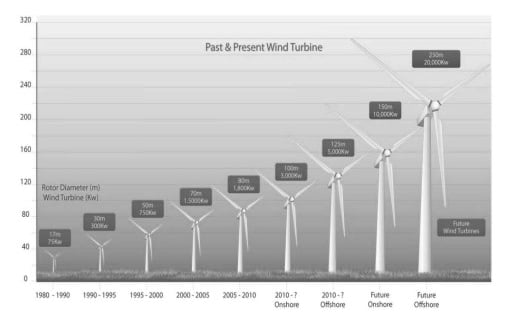

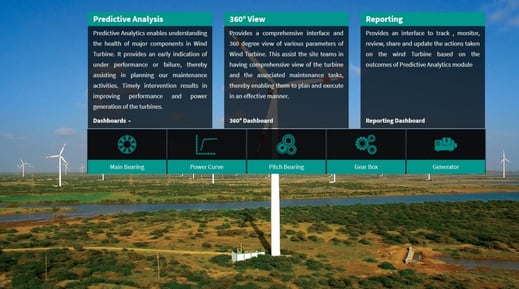

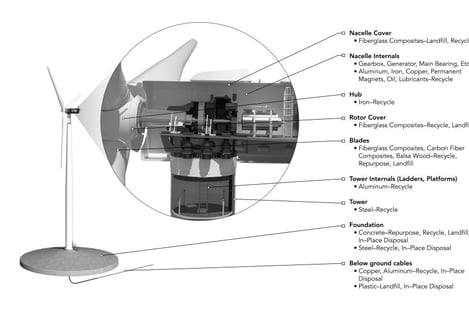

The Hydrolienne Design
Our protected 6 bladed vertical axis turbine design is demonstrating improved efficiencies over existing 3 bladed designs.
Using Computational Fluid Dynamics (CFD) Software we are able to identify either tidal (2 Way) and Run of River energy production, then mate this constant and dynamically undemanding load to legacy wind turbine mechanical and electrical components.
Recycling Turbine Blades
Our hydrolienne design is predicated upon identifying legacy blade cross sections and repurposing these to suit the profile of our Hydrolienne blades.
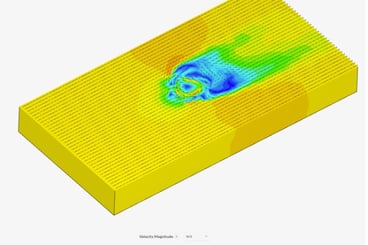

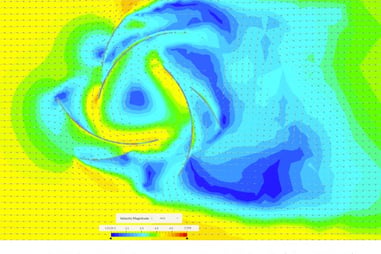


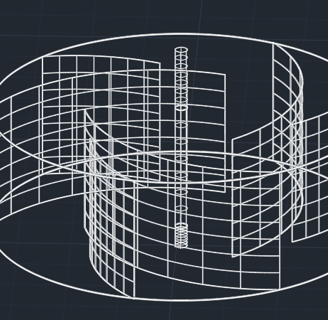
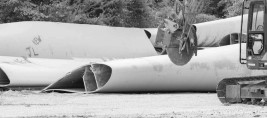

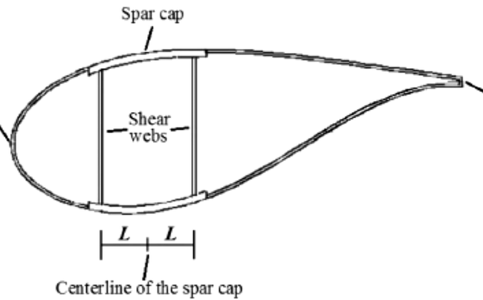

Key Benefits
Composite Blade profiles are recycled to make 6 bladed Hydroliennes, using current bonding technology.
Wind turbine bearings and electrical components are reused.
Low risk maintenance regimes.
Components are not subject to over-speeding or braking forces.
Components operate in a controlled environment at ground level.
No risk of lightning strike or overheating.
No risk of freezing.
Components that exceed operational vibrational tolerances in a wind turbine nacelle context can continue to be operational in a hydrolienne.
Rivers and Tidal Flows are predictable, without any start up wind speed issues.
Discreet LZC solution for public acceptance.
Cost effective repurposing of legacy equipment.
Fast implementation.
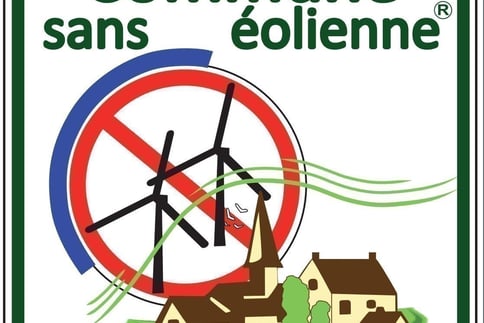



Connect
henry@repprojects.eu
